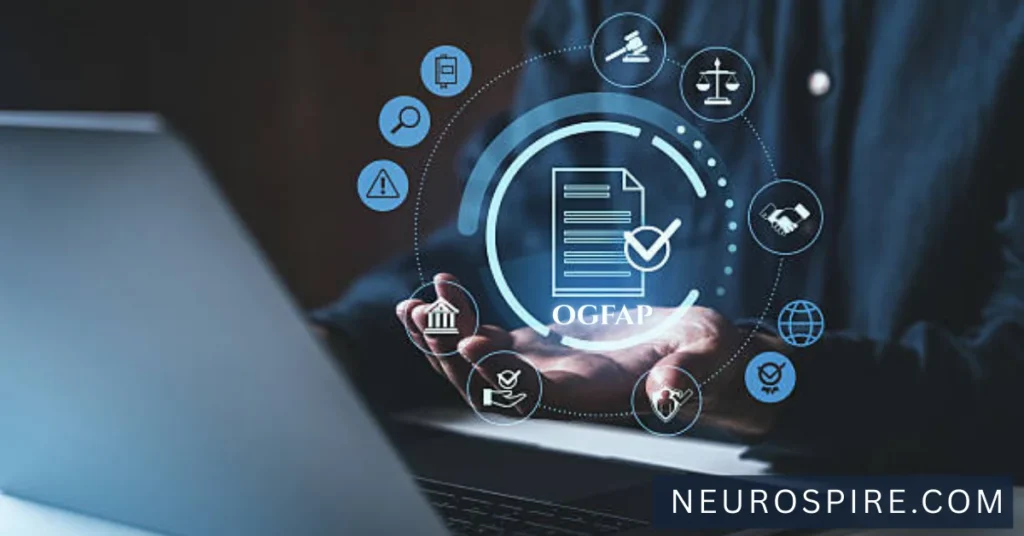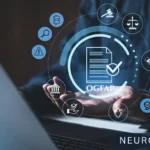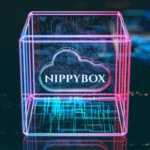The Quiet Protocol Powering Tomorrow
Imagine if every time you accessed a piece of content online—an academic journal, a social feed, or a financial tool—there was an invisible, ethical handshake in place. One that authenticated your intent, safeguarded your privacy, and ensured the platform behind it was held accountable. Now imagine this wasn’t a distant utopia but an emerging reality wrapped in five letters: OGFAP.
In a world fraught with deepfakes, surveillance capitalism, and algorithmic manipulation, OGFAP represents more than just another framework. It’s an ambitious convergence of transparency, access, and ethics—a meta-protocol for a digital age in dire need of introspection.
What Is OGFAP?
A Speculative Standard With Tangible Intent
OGFAP stands for Open Governance Framework for Access Protocols. While still speculative and largely theoretical, it is gaining traction among technologists, ethicists, and digital rights advocates as a potential global standard. Unlike traditional access protocols that focus purely on encryption or permissions, OGFAP emphasizes ethical intent, contextual access, and reciprocal transparency.
Think of OGFAP as the “moral middleware” of the future web—an invisible scaffold ensuring not just who gets in, but why, how, and under what values.
Origins: A Philosophy Rooted in Digital Justice
OGFAP traces its intellectual DNA to ideas found in both cybersecurity architecture and ethical philosophy. Drawing from John Rawls’ “veil of ignorance” and extending it to code, the framework imagines a system where digital systems don’t just protect users but uphold fairness across unknown contexts.
It’s a response to years of technological entropy, where digital growth outpaced ethical reflection. In the early 2020s, scandals around data exploitation and AI bias prompted a renewed conversation: Could access systems do more than guard gates? Could they also guard principles?
OGFAP is, in essence, an attempt to embed philosophy into protocol.
Real-World Applications Across Sectors
1. Artificial Intelligence
Imagine a neural network trained on data with built-in OGFAP flags—metadata that tells the AI how ethically sourced the data is, how recently it was gathered, and if consent was transparent. This could prevent biased outputs and make AI systems more accountable.
2. Education
OGFAP can transform digital classrooms. Instead of simple log-ins, students gain access based on contextual learning goals and consent flows. It ensures student data isn’t just secure—but purpose-limited and ethically managed.
3. Finance
Banks leveraging OGFAP wouldn’t just verify identity—they’d document purpose. For example, a user applying for a small business loan through an OGFAP-compliant portal could receive a clearer audit trail, embedded with fair-access benchmarks.
4. Healthcare
In telemedicine, OGFAP could differentiate between emergency access and general consultation. It’s not just who sees your health data—but why, how long, and what ethical parameters govern the session.
5. Creative Industries
Streaming platforms or NFT marketplaces could embed OGFAP to ensure not just copyright but ethical royalties—users see more than price tags; they see sourcing transparency and creator consent history.
How OGFAP Differs from Traditional Protocols
| Feature | Traditional Protocols | OGFAP |
|---|---|---|
| Focus | Authentication & access | Ethical governance & contextual access |
| Visibility | Technical backend only | Dual-layer: technical + ethical |
| Auditability | Limited to logs | Transparent, multi-party audit trails |
| User Intent | Not measured | Central component |
| Privacy | Often reactive | Built-in by design |
If traditional protocols are digital doors, OGFAP is a full conversation before the door opens—asking not just who you are, but why you knock, what you’ll do inside, and what the room should expect of you.
Don’t stop here—take a look at what else we’ve got for you!
Future Implications: A Double-Edged Vision
OGFAP is as promising as it is complex. By formalizing ethical access, it may help restore trust in digital ecosystems. But it’s not without risk.
✳ Opportunities
- Digital trust at scale
- Stronger consent frameworks
- AI systems with embedded moral alignment
- Regulatory transparency without stifling innovation
⚠ Risks
- Bureaucratic overreach if misused by centralized authorities
- Performance trade-offs due to metadata layering
- Weaponization of ethics—who decides what’s “ethical”?
Like nuclear energy or gene editing, the power of OGFAP lies not just in its machinery, but in who governs its use.
Designing for OGFAP: Best Practices for Ethical Access Systems
Whether you’re a developer, policymaker, or product designer, integrating OGFAP principles means rethinking traditional workflows. Here are some best practices:
1. Purpose-Driven Access Layers
Don’t just log “user entered system”—log why, with contextual metadata. Was it for research? Exploration? Monetization?
2. User-Intent Signaling
Let users define their digital intent through optional pre-access disclosures. Then tailor access scope accordingly.
3. Consent with Audit Trails
Build systems where user consent is not just a checkbox but a transparent record tied to digital interactions.
4. Stakeholder Algorithm Reviews
Deploy AI only if its training datasets include OGFAP markers and undergo ethics-based evaluations.
5. Contextual Expiry Gates
Let access expire not just after time, but after intent has been fulfilled. Dynamic access windows, not static sessions.
Conclusion: The Invisible Architecture of Trust
OGFAP may not roll off the tongue like HTTP or AI. But it may one day define the spinal code of the ethical web. In a digital age where information is abundant but trust is scarce, OGFAP offers a recalibration—a system not merely of access, but of alignment.
As with any meaningful innovation, its success won’t be in the brilliance of the code, but in how deeply it understands and respects human intent.
Ultimately, OGFAP is not just about access.
It’s about responsibility at the gates.
To explore all our latest posts in one place, be sure to visit the NEUROPSIRE.
FAQs
What does OGFAP stand for?
OGFAP means Open Governance Framework for Access Protocols. It’s a conceptual framework that guides ethical and transparent digital access.
Is OGFAP a real protocol right now?
Not fully—it’s an emerging concept. Some organizations are exploring elements of it in their systems, but it’s not yet a standard like HTTP.
Why is OGFAPs important?
Because digital systems need more than just security—they need to respect context, ethics, and user intent. OGFAPs provides a path for that.
How could OGFAPs impact everyday users?
Users could benefit from more transparent access rights, stronger consent systems, and safer AI interactions.
Can OGFAPs be misused?
Yes. If centralized poorly, it could become restrictive or biased. That’s why governance and multi-party input are key to its design.






